What was the “childhood” of the Solar System like?
How did the planets form? How did the Solar System evolve?
Prof. LIU Beibei from the Zhejiang University School of Physics, in collaboration with Prof. Sean Raymond from the University of Bordeaux in France and Prof. Seth Jacobson from Michigan State University in the US, proposed a new model for the evolving orbits of giant planets in the Solar System. They pointed out that the dispersal of the Sun’s gaseous protoplanetary disk probably triggered the instability of the giant planets.

LIU Beibei (middle) and his students
This groundbreaking finding was published in Nature on April 27.
The planetary orbits of the Solar System we see today are substantially different from what they were like in its “childhood.” At the beginning of the Solar System, a concentration of interstellar dust and hydrogen gas called a molecular cloud contracted. The proto-Sun formed in the hot dense center and the remainder of the cloud formed a swirling disk called the solar nebula. This period is also known as the gas disk period. Scientists believe that the four giant planets—Jupiter, Saturn, Uranus and Neptune—migrated into a chain of orbital resonances.
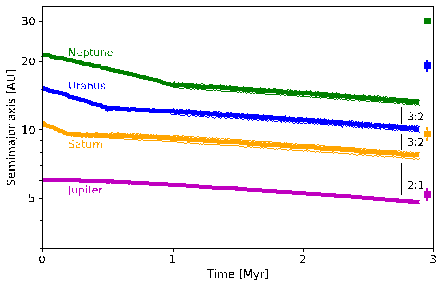
Four giant planets migrated into a chain of orbital resonances.
Today, the orbits of the giant planets, however, appear to be more widely distributed, and these planets have deviated from their original resonances. The orbital structure is thought to have been sculpted by an episode of dynamical instability among the giant planets.
The Nice model, originally developed by an international team of scientists in 2005 in Nice, France, is the most popular model explaining the evolution of the Solar System. It postulates that the orbital instability occurred hundreds of millions of years after the Solar System formed. When the protoplanetary disk dispersed, the giant planets interacted with the outside stellar disk to exchange orbital energy and were eventually freed from resonances, thereby triggering dynamical stability. Due to the exceedingly slow process, this orbital instability is regarded as a “late instability”.

Working with Jacobson and Raymond, Liu proposed that disk dispersal can account for the evolution of planetary orbits, a factor not taken into account in the previous models.
The idea started with a conversation Raymond and Jacobsen had back in 2019. They then reached out to Liu, who pioneered the rebound effect idea through extensive simulations of gas disks and large exoplanets — planets in other solar systems — that orbit close to their stars.
“In the late phase of the gas disk, the high-energy photons radiated by the Sun hit the planetary disk directly, the strong light pressure blew away the gas close to the Sun, and a hollow structure formed inside the planetary disk. The subsequent light pressure gradually dispersed remaining gas in the disk inside out, and the mass of the disk decreased with the outward expansion of the disk. This process is known as photoevaporation,” said Liu. “The Sun was like a giant hair dryer, constantly ‘blowing away’ the gas in the disk.”
Theoretical calculations by Liu and his team showed that due to the rapid dissipation at the disk’s inner edge, the planet was subjected to the force of outward gas, which differed wildly from inward forces at the other spots of the disk. When the inner edge of the disk expanded outward, the planet would migrate outwards instead of migrating inwards. This mechanism is termed ‘rebound’. Due to their different masses, the giant planets would migrate outwards at different rates, thus breaking the original orbital resonance state and triggering dynamical instability.
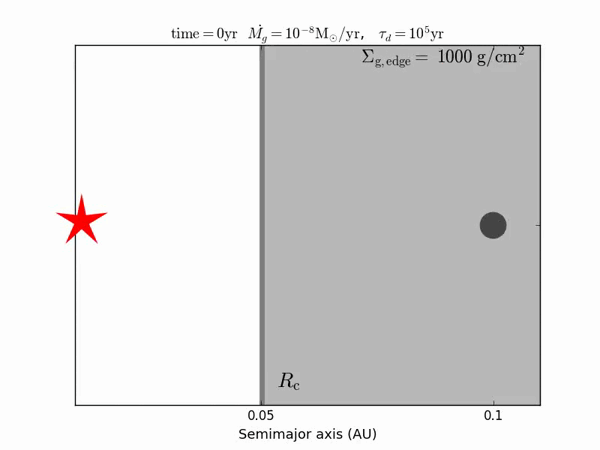

Diagram of the rebound effects, similar to playing badminton, where the shuttlecock changes trajectory and bounces outward along with the racket face
The dynamical instability of the early orbits caused the four giant planets and another ice giant planet to undergo substantial orbital variations over the course of gas dissipation. The ice giant planet was catapulted out of the Solar System after its near collision with Jupiter. The final orbital configuration of the four giant planets is consistent with what we observe today.
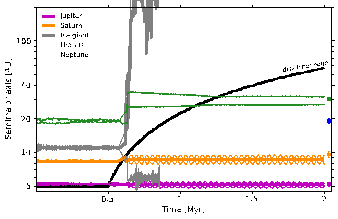
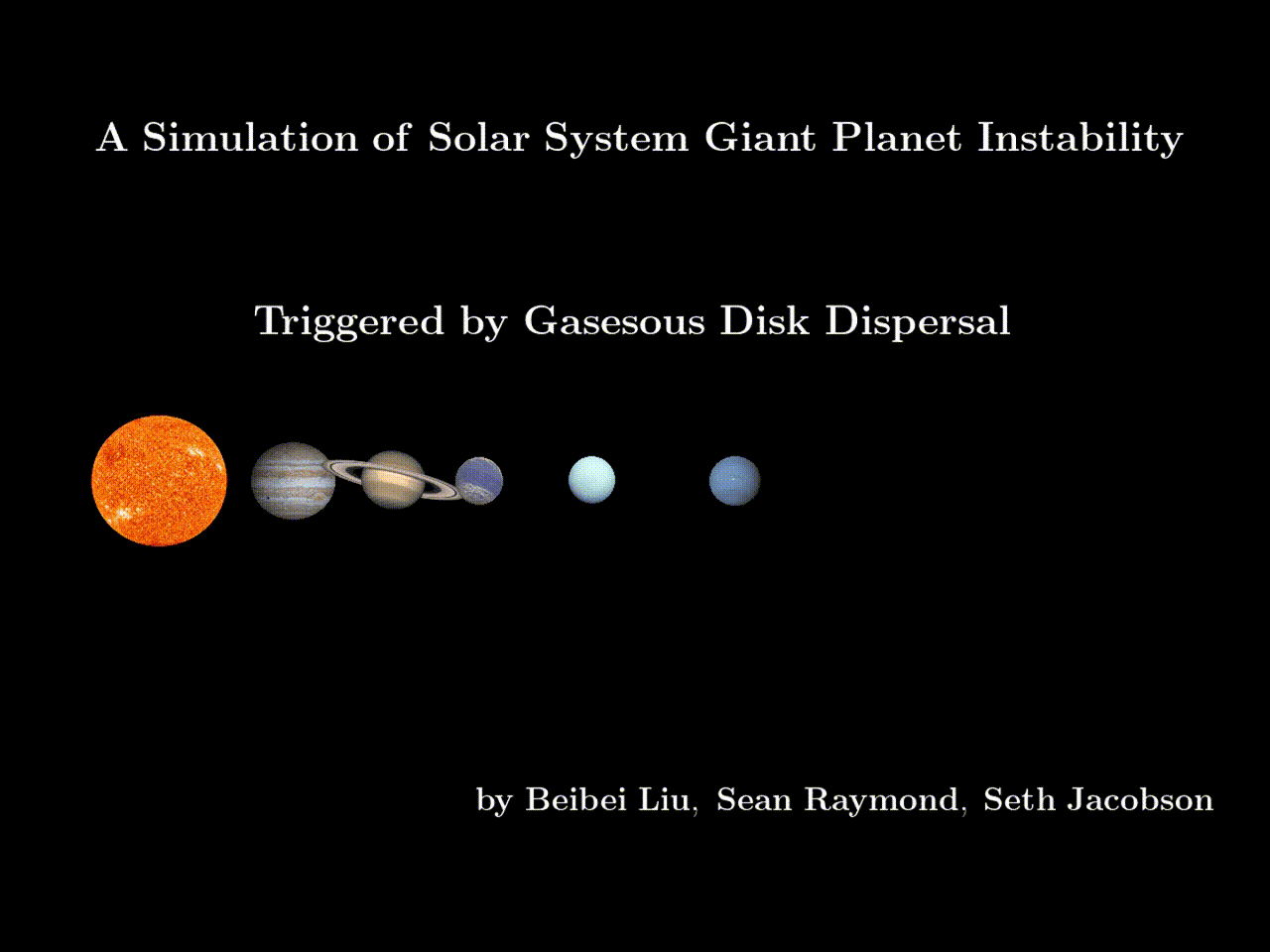
The giant planets ended up close to their current orbit after the instability triggered by the gas disk dispersal.
“Our study indicates that dynamical instability following the dispersal of the gas disk occurred about five to ten million years after the formation of the Solar System, earlier than what the Nice model proposes,” said Liu.
“We are able to find new evidence from the age of the lunar craters,” Liu said. “The dynamical instability of the giant planets could disturb the rest of the Solar System, and their powerful gravitational perturbations could force small bodies around them to continuously collide into other planets and moons, thereby leaving craters on the surface of the celestial bodies. Lunar craters differ significantly in age. Asteroid impact events decline naturally with time, which is also consistent with the Early Instability model study proposed by our team.”
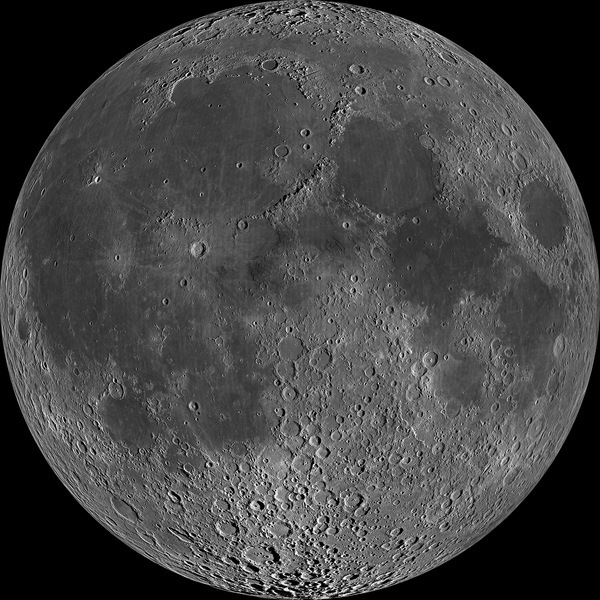
“The early dynamical instability is more consistent with the timing of asteroid impacts in other celestial bodies in the Solar System. Our model can also provide an insightful understanding of the masses and orbital configurations of terrestrial planets,” said Liu.
“In the future, our team will further explore the impact of the evolution of giant planets' orbits on the formation of the Earth and the origin of water,” Liu added.
Photo credit: LU Shaoqing and LIU Beibei